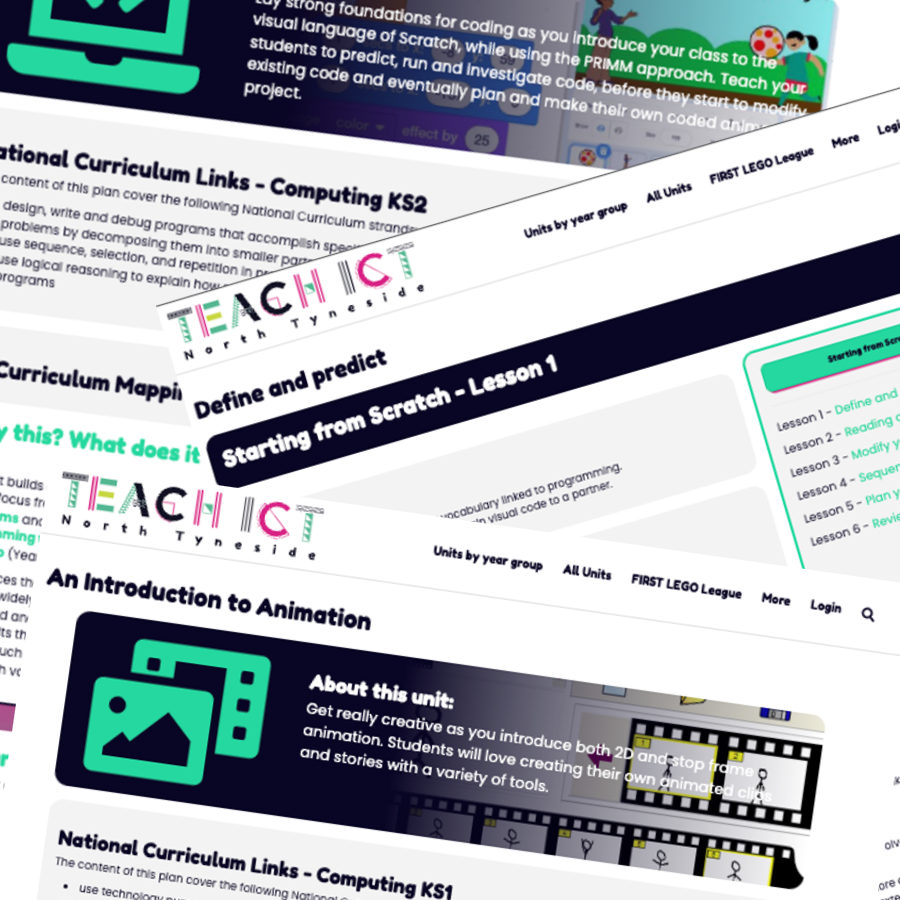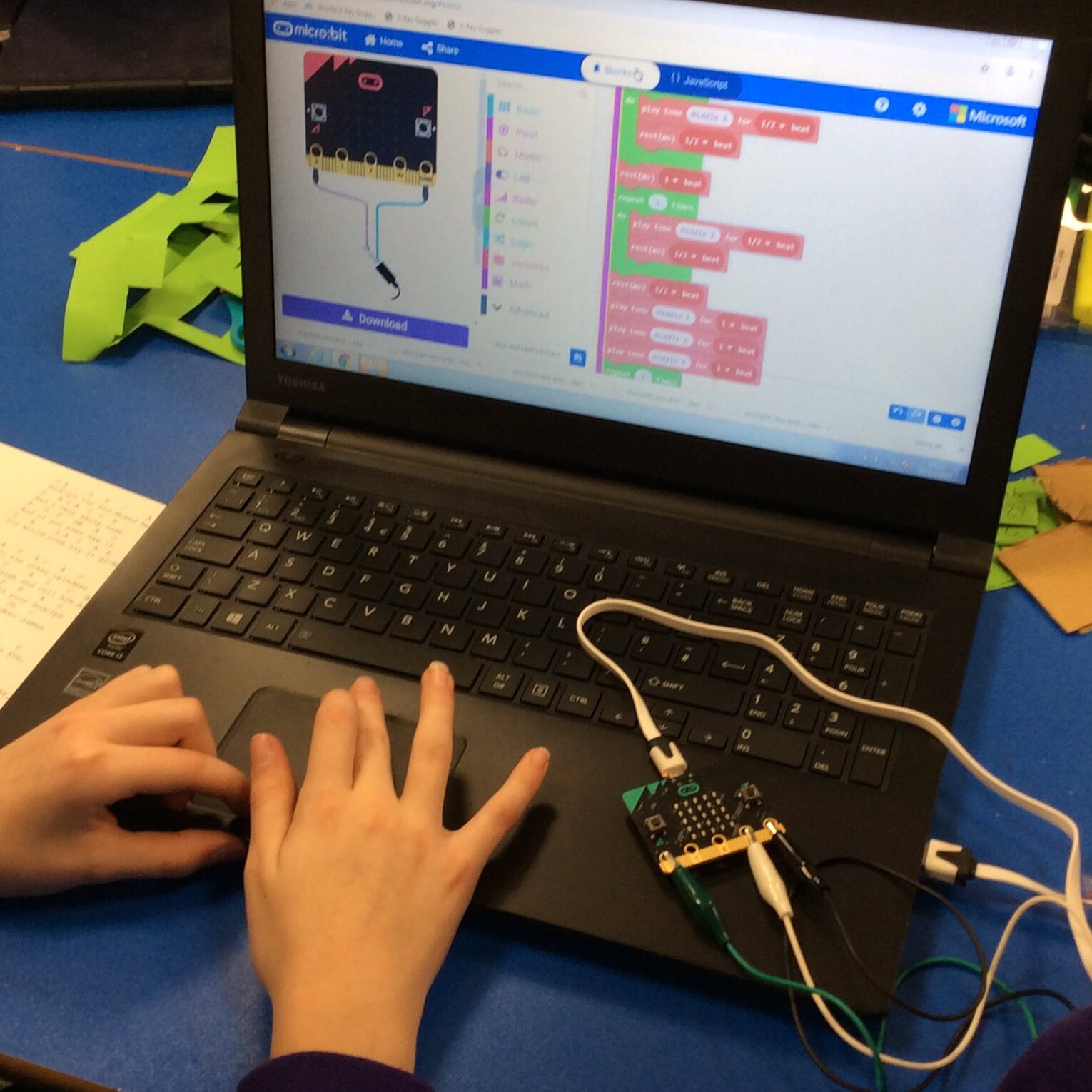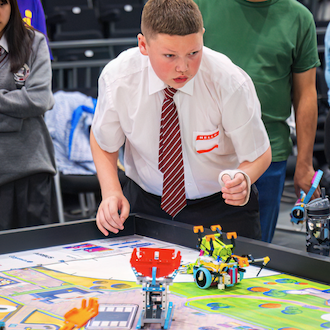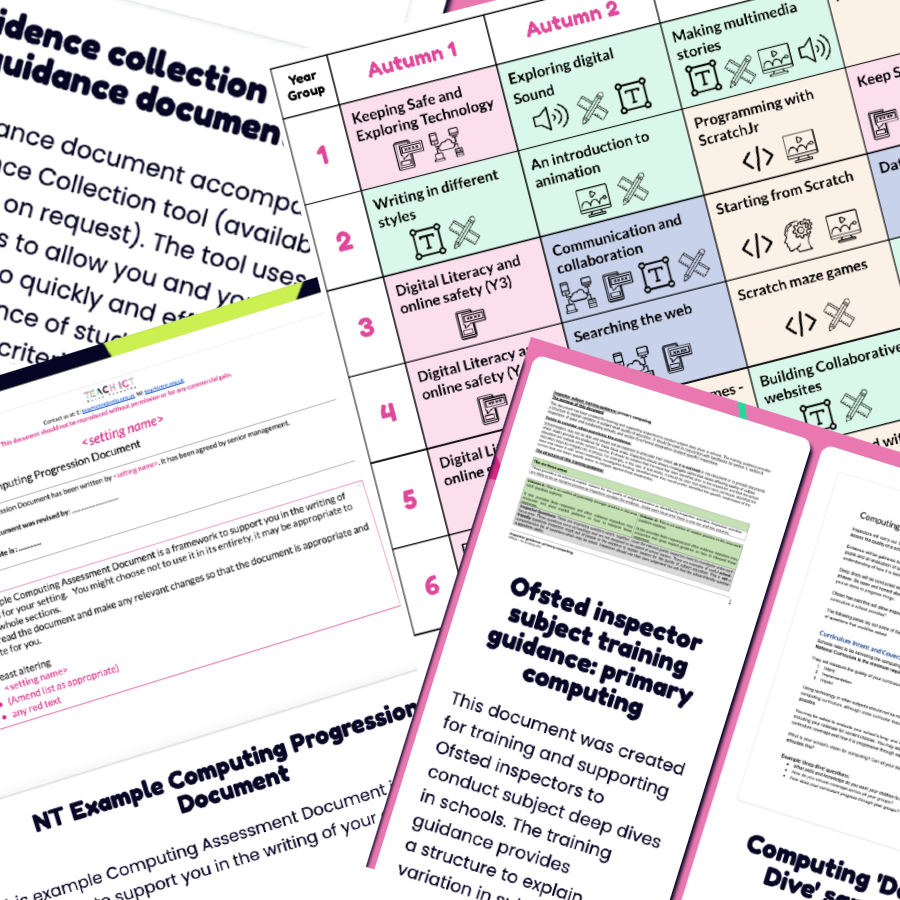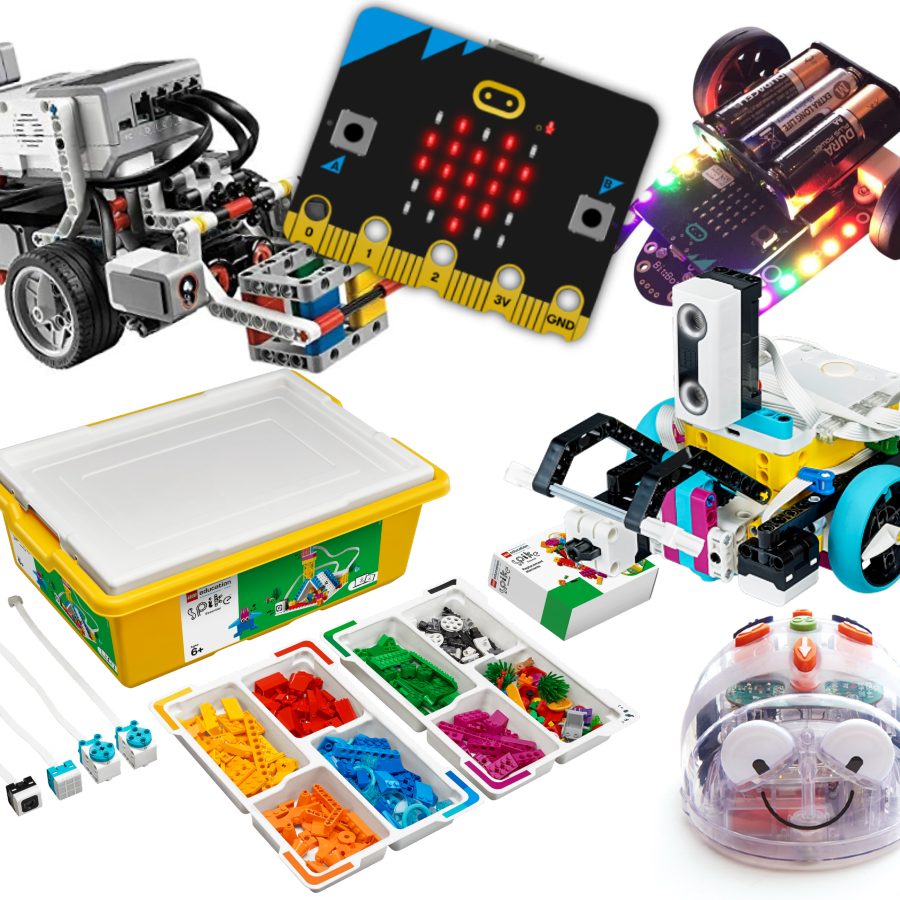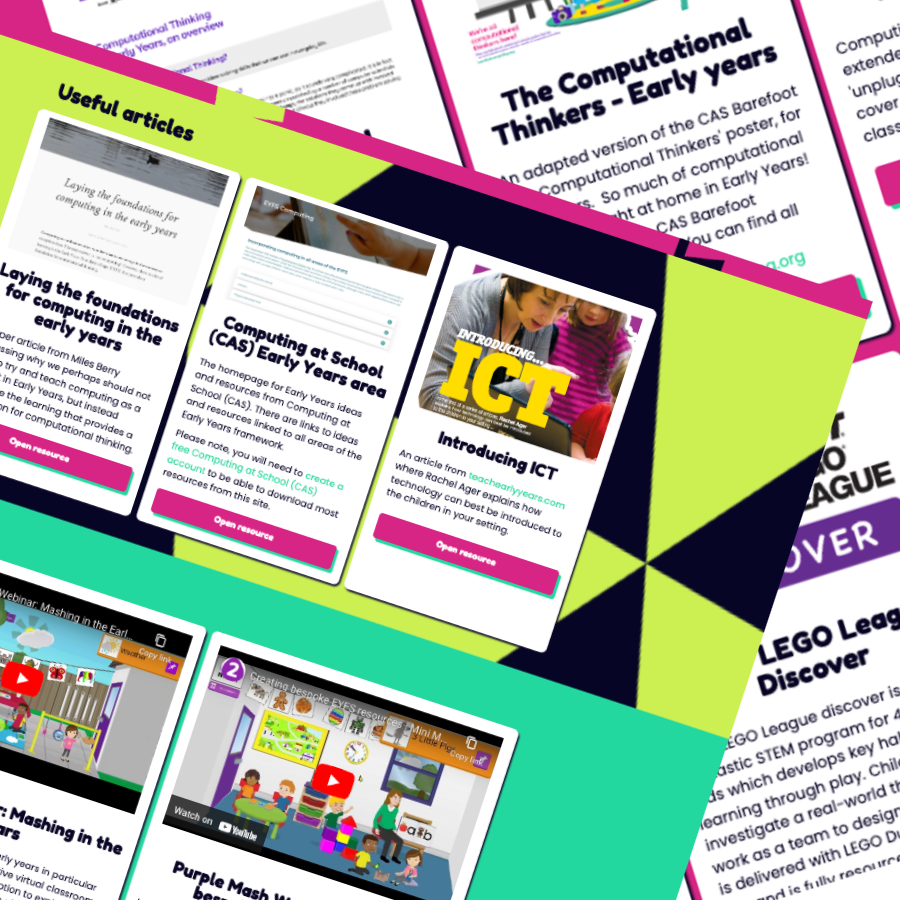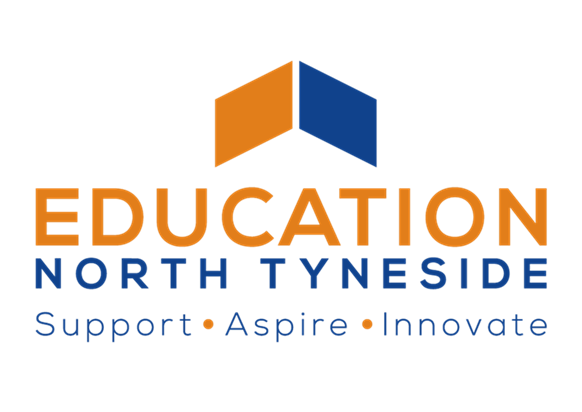
Welcome to Teach ICT North Tyneside
We are the North Tyneside computing and IT curriculum support team and part of Education North Tyneside; the school improvement service in North Tyneside, UK.
Education North Tyneside supports schools and educators in their efforts to improve student outcomes and close the achievement gap.
Our site is home to our outstanding computing scheme of work and lots of other information on ways that we can support your schools to provide a broad, balanced, high-quality computing curriculum in your school.

